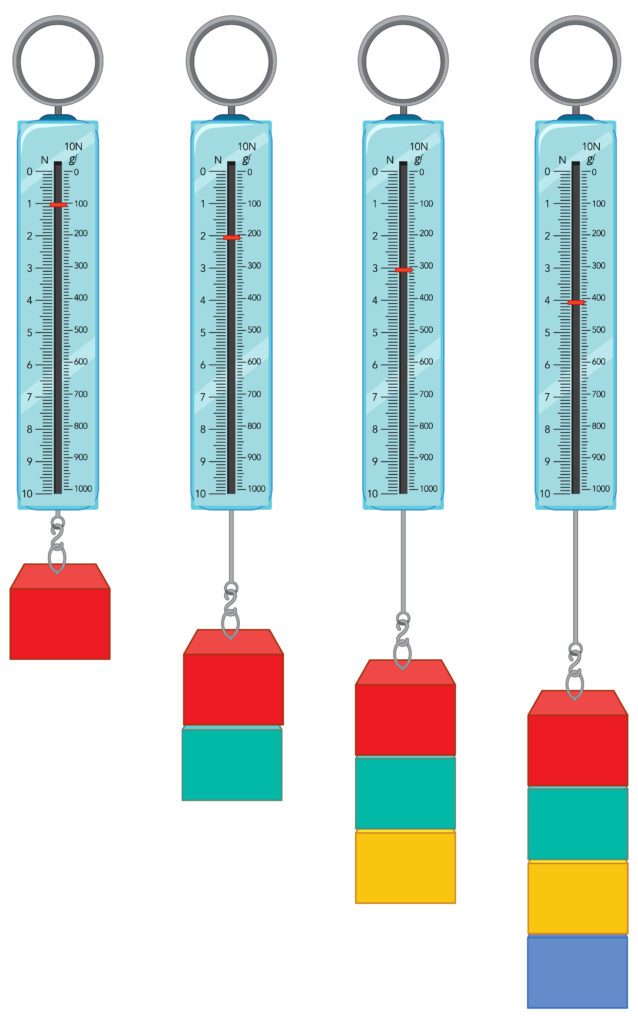A typical bond length refers to the average distance between the nuclei of two bonded atoms in a chemical compound. It is a characteristic value that can vary depending on the types of atoms involved and the nature of the chemical bond

The bond lengths in covalent bonds depend on factors such as bond order and the types of atoms involved. Double and triple bonds have shorter bond lengths than single bonds because of increased electron density and stronger attractions between the atoms.
10 Examples of typical bond length
Covalent Bonds:
- Carbon-carbon (C-C) single bond: Approximately 1.54 Å (angstroms).
- Carbon-carbon (C=C) double bond: Around 1.34 Å.
- Carbon-carbon (C≡C) triple bond: Approximately 1.20 Å.
- Oxygen-oxygen (O=O) double bond: Roughly 1.21 Å.
- Nitrogen-nitrogen (N≡N) triple bond: Around 1.10 Å.
Ionic Bonds:
6. Sodium chloride (NaCl) bond length: The sodium and chloride ions are about 2.82 Å apart.
Metallic Bonds:
7. In metallic bonds, the bond lengths can vary widely depending on the specific metal and its crystal structure.
Hydrogen Bonds:
8. Hydrogen bond in water (H2O): Approximately 1.97 Å.
Van der Waals Interactions:
9. Distance between two graphene layers held by van der Waals forces: Around 3.35 Å.
Peptide Bonds:
10. Peptide bonds in proteins have a typical length of around 1.33 Å between the carbon and nitrogen atoms.
It’s important to note that bond lengths can vary due to factors such as bond order, bond type, molecular geometry, and the presence of neighboring atoms or functional groups. These examples represent approximate values and can vary slightly in different molecules and chemical environments. Understanding bond lengths is crucial in various fields of chemistry as it influences the properties and behavior of molecules and materials.

